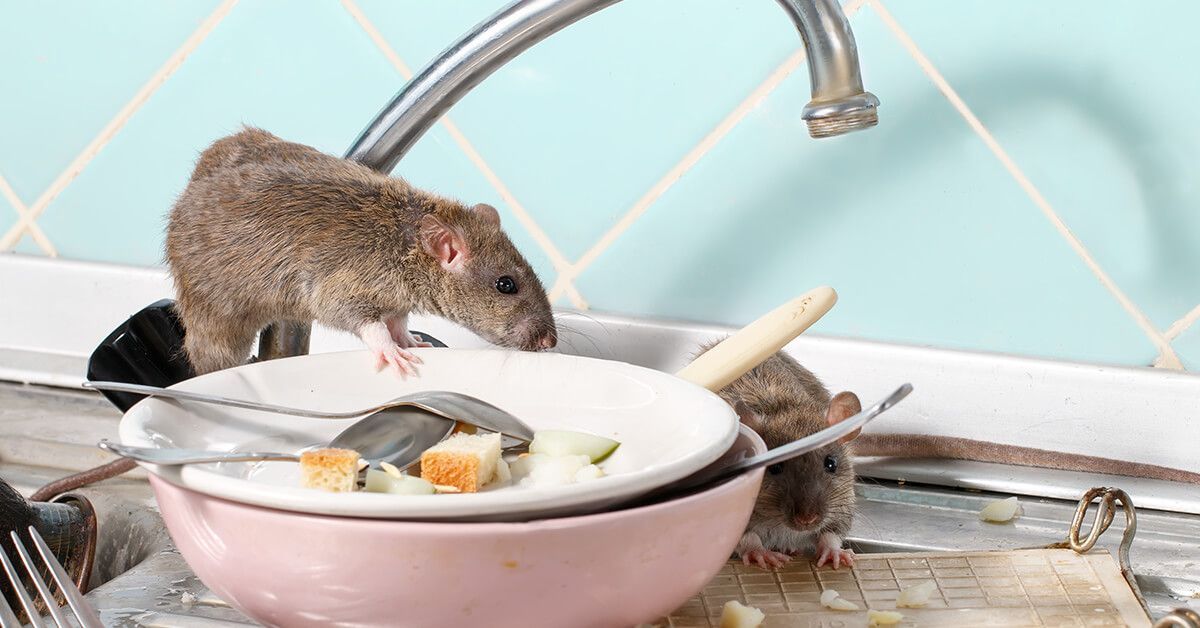How To Tell If You Have Fleas
Cillian R

Like many people, you’ve probably seen one too many episodes of Fear Factor. Watching someone uneasily crunch down on a cockroach while immersed in a tank of them is enough to put anyone off the idea of eating insects… as if you needed a reason to avoid eating them in the first place. Despite what… Read More »
The post 5 Real Ways to Eat Bugs first appeared on Local Exterminator.

When you hear “mice and rats,” what words come to mind? Annoying? Filthy? Scary? Disgusting? How about dangerous? As it turns out, your fear of rodents isn’t irrational—they are dangerous. Rodents are common vectors for diseases, fleas, germs, and other filth. There’s a reason restaurants are required to be rodent-free: these vermin can pose a… Read More »
The post 5 Pointers for Defeating Rodents first appeared on Local Exterminator.


 Once you have identified that fleas are on your pets, you will want to take steps to ensure that they don’t hop off your dog or cat and make themselves at home. If you think fleas are the culprit that’s invaded your home, you should:
Once you have identified that fleas are on your pets, you will want to take steps to ensure that they don’t hop off your dog or cat and make themselves at home. If you think fleas are the culprit that’s invaded your home, you should: